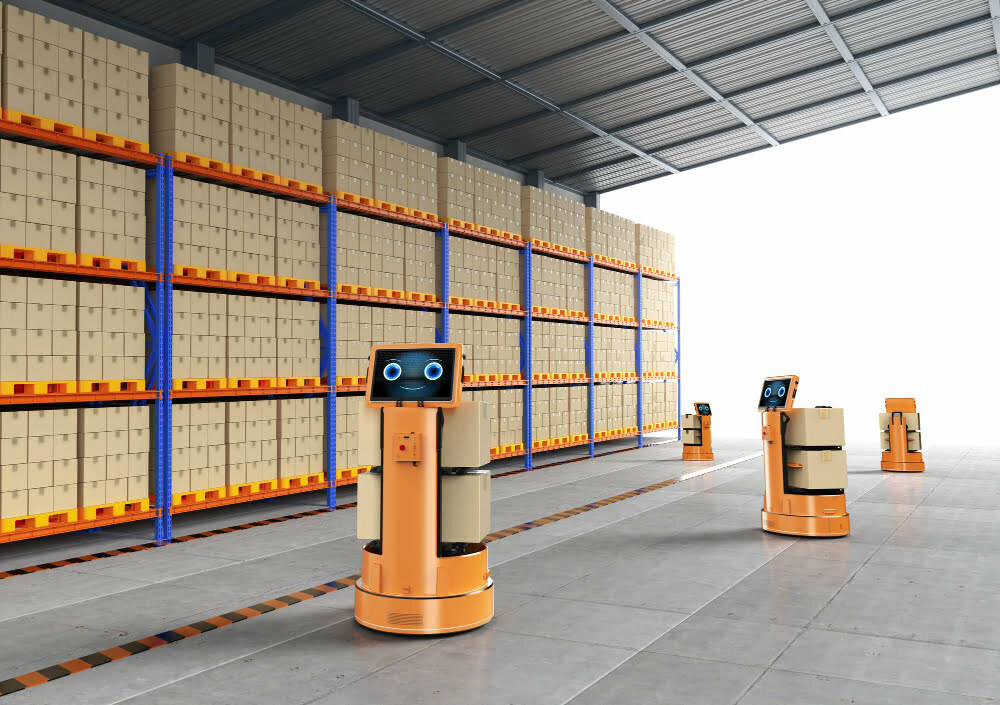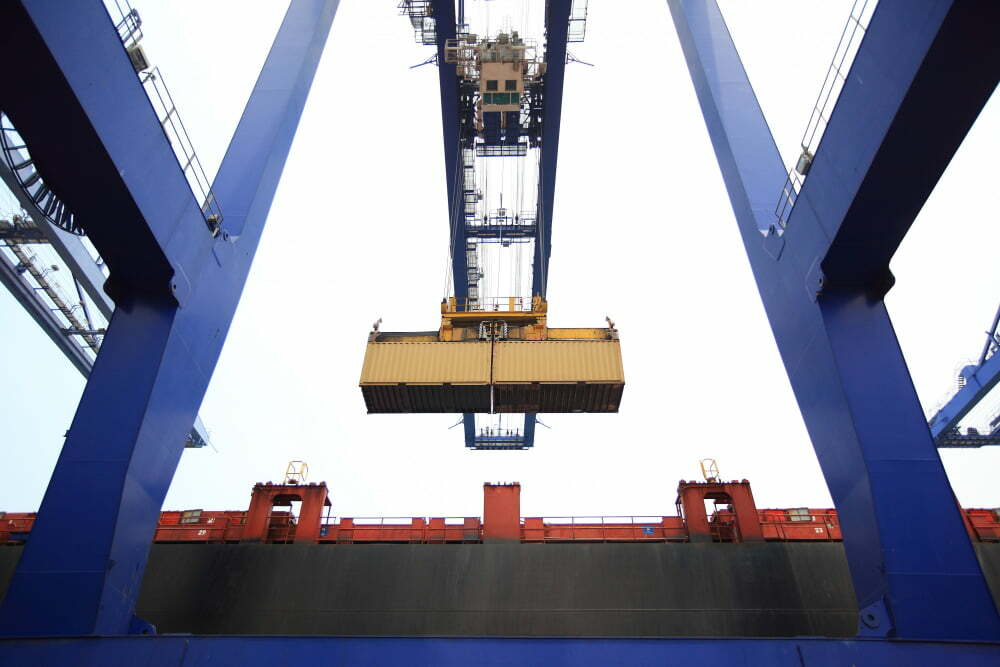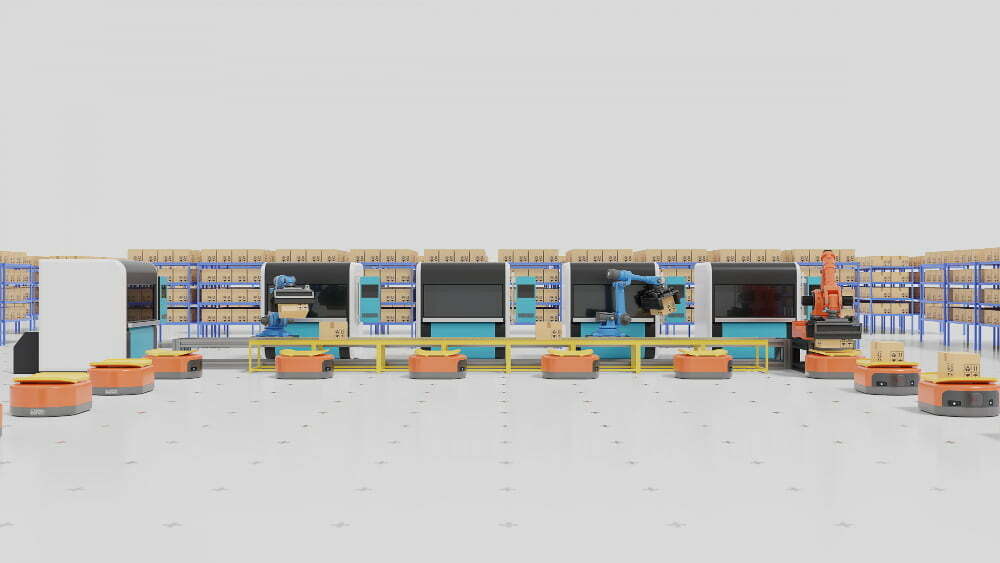
Address:
Plot No 37/1, 1st Floor, 6th Main, Hosur Rd, Singasandra, Bengaluru, Karnataka 560068

Address:
291 C Narasapura Industrial Area, Sy. No. 15, Karadubande Hosahalli Village, Narasapura Hobli, Kolar Taluk, Karnataka - 563133
Are you tired of manually finding the items you need from your storage facility? Are you looking for a more efficient method to store, track and access goods in various sizes and shapes? It’s time you considered getting an automated storage and retrieval system. In this article, we’ll discuss all aspects of ASRS systems so you can decide if they are the right fit for your business.

An Automated Storage and Retrieval System (ASRS) is a computer-controlled mechanized system device used for storing products at very high densities within warehouses. As its name suggests, it automatically handles storage processes such as moving materials into places using either cranes or shuttles controlled by robots. This eliminates manual handling while providing higher levels of speed, accuracy and safety compared to traditional warehouse operations run without automation assistance.
ASRS is often used in the manufacturing, retail, and distribution facilities.
It typically consists of a series of racks or shelves that hold goods, along with automated machinery such as cranes or shuttles that move along the racks to pick and place items. The system is controlled by a computerized warehouse management system (WMS) that coordinates the movement of goods and ensures that inventory is tracked accurately.
A unit-load ASRS is a type of material handling system commonly used in warehouses and distribution centers. The system is designed to automatically store, retrieve, and move large and heavy items, such as pallets or large boxes, with the help of automated equipment such as cranes, conveyors and shuttle systems.
The “unit load” refers to a standardized unit of storage, which can be a pallet or container used in the ASRS system. These unit loads are typically stored in high-density racking systems, with the help of automated cranes that can retrieve and deposit the loads in specific locations.
Unit-load ASRS systems are often used in high-volume, high-throughput environments where fast and efficient storage and retrieval of materials is critical. They can help reduce labor costs, improve accuracy and efficiency and optimize warehouse space utilization.


A unit-load ASRS is a type of material handling system commonly used in wareA mini-load ASRS is a type of material handling system that is commonly used in warehouses and distribution centers to automate the storage and retrieval of small-to-medium-sized items such as boxes, bins, or cartons.
The system typically includes a series of storage racks or shelves, with each level equipped with an automated mini-load crane that can move horizontally and vertically along the storage racks to pick and place items. These cranes are controlled by a warehouse management system that directs them to retrieve and deposit items in specific locations, based on demand or other criteria.
Mini-load ASRS systems are designed to handle smaller and lighter loads than unit-load ASRS systems. They are often used in environments where high-speed and accurate storage and retrieval of items is required, such as in e-commerce fulfillment centers, pharmaceutical or medical device manufacturers, or retail distribution centers.
Compared to traditional manual storage and retrieval systems, mini-load ASRS systems can help reduce labor costs, improve accuracy, and increase efficiency in warehouse operations.
Vertical Lift Modules (VLMs) are automated storage and retrieval systems commonly used in warehouses and distribution centers to store and retrieve small-to-medium-sized items in a compact and organized manner.
VLMs consist of a series of vertically arranged trays or shelves that are enclosed in a tall, narrow cabinet. The trays are accessed by an automated lift system that travels up and down the cabinet to retrieve and deposit items in specific locations. The system is controlled by a warehouse management system that can track inventory, manage orders, and optimize storage space utilization.
VLMs are designed to maximize storage density and efficiency in warehouse operations. They are particularly useful in applications where floor space is limited, such as in urban distribution centers or manufacturing facilities. The automated system helps reduce labor costs, minimize picking errors, and increase the speed and accuracy of order fulfillment.
On the whole, VLMs are an effective solution for companies looking to optimize their warehouse operations and improve their supply chain efficiency.


Automated Vertical Carousels (AVCs) are a type of material handling system used for the storage and retrieval of small-to-medium-sized items in a compact and organized manner. These systems are similar to VLMs but use a rotating carousel instead of a lift mechanism.
AVCs consist of a series of vertically arranged shelving or trays that rotate around a central axis to deliver items to an operator at the access point.
They are accessed by an automated lift system that travels up and down the height of the unit to retrieve and deposit items in specific locations. The system is controlled by a warehouse management system that can track inventory, manage orders, and optimize storage space utilization.
AVCs are designed to improve efficiency and productivity in warehouse operations. They can be customized to fit specific storage requirements and can accommodate a wide range of items, from small parts to large tools. The automated system helps reduce labor costs, minimize picking errors, and increase the speed and accuracy of order fulfillment.
Horizontal Carousels are a type of automated storage and retrieval system commonly used in warehouses and distribution centers to store and retrieve small-to-medium-sized items in a compact and organized manner.
It consists of a series of horizontally arranged bins or shelves that rotate around a central axis to deliver items to an operator at the access point. The bins or shelves are accessed by an automated control system that directs the carousel to retrieve and deposit items in specific locations, based on demand or other criteria.
Horizontal carousels are designed to maximize storage density and efficiency in warehouse operations. They can be customized to fit specific storage requirements and can accommodate a wide range of items, from small parts to large tools. The automated system helps to reduce labor costs, minimize picking errors, and increase the speed and accuracy of order fulfillment.

They are particularly useful in applications where floor space is limited, as they have a small footprint and can be installed in areas with high ceilings. Horizontal Carousels are commonly used in manufacturing facilities, distribution centers, and retail operations to improve inventory management and order fulfillment.

A Robotic ASRS system is a type of material handling system that utilizes robotic technology to automate the storage and retrieval of items in a warehouse or distribution center.
Robotic ASRS systems can be designed to handle a wide range of item sizes and types, from small parts to large pallets. They can use a variety of robotic technologies, including autonomous mobile robots (AMRs), automated guided vehicles (AGVs), and robotic arms, to move items to and from storage locations.
The robotic systems are typically controlled by a warehouse management system that directs the robots to retrieve and deposit items in specific locations, based on demand or other criteria. The system can also monitor inventory levels and optimize storage space utilization.
Robotic ASRS systems are designed to improve efficiency and productivity in warehouse operations. They can help reduce labor costs, minimize picking errors, and increase the speed and accuracy of order fulfillment. They are particularly useful in applications where there is a high volume of inventory and where items need to be moved quickly and accurately.
Finally, Robotic ASRS systems are an effective solution for companies looking to optimize their warehouse operations and improve their supply chain efficiency through automation.
The primary benefit of having an automated storage & retrieval system is enhanced efficiency throughout the process – both when stocking up inventory as well as retrieving any placed item stored inside it.
Some of the benefits of using an ASRS:
Overall, using an ASRS can improve operational efficiency, reduce errors, increase safety, and save space and costs.
Automated Storage and Retrieval Systems (ASRS) are widely used in many different industries and applications to improve the efficiency, accuracy, and productivity of warehouse and distribution operations.
There are many applications where an ASRS can be used effectively such as:
Choosing the right Automated Storage and Retrieval System (ASRS) for your business can be a complex process. Here are some factors to consider when selecting an ASRS system:
By considering these factors, you can choose an ASRS system that meets the needs of your business and provides a high level of efficiency, accuracy, and productivity.
Irrespective of what your needs are, an Automated Storage & Retrieval System can help you improve efficiency levels while reducing costs associated with manual labor and inventory management processes. If you’re looking for ways to streamline your operations, consider investing in an ASRS today.
An ASRS offers numerous advantages over traditional methods of storage. With careful planning and implementation, these systems can provide significant cost savings while improving the overall levels of efficiency within your organization.
Inlogsys, which provides cutting-edge ASRS solutions to numerous businesses, has been at the forefront of this growing technology. To know more about our Automatic Storage Retrieval and Order Fulfillment solutions, get in touch with us.

Plot No 37/1, 1st Floor, 6th Main, Hosur Rd, Singasandra, Bengaluru, Karnataka 560068

291 C Narasapura Industrial Area, Sy. No. 15, Karadubande Hosahalli Village, Narasapura Hobli, Kolar Taluk, Karnataka - 563133

88842 22240

